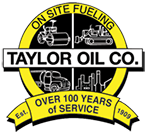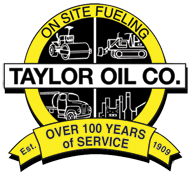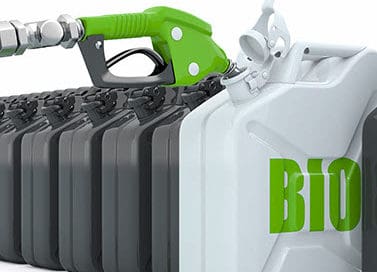Construction Refueling Plan – Do You Have One?
Construction Refueling Plan - Do You Have One? - If you don’t have a construction refueling plan, it’s time to come up with one. This is critical in preventing emergencies, especially during the winter. Plus, it helps you smoothly handle your fueling needs without stress. The economy is improving, which is increasing competition in the construction industry. That boost in competition means that only the most efficient and reliable firms will stand head and shoulders above the rest. Failing to have a re-fueling plan for your construction equipment can affect the timely completion of projects. If you can’t complete a job on time, you lose money, time and productivity. Partnering with a responsive fuel provider can make all the difference in developing a strategy to put continuity of equipment-based operations at the forefront. So why do construction delays, failures and setbacks happen? Well, it has a lot to do with management frameworks punctuated by poor planning. There is indeed a cost to bad project management. According to a PricewaterhouseCoopers study reported by Gallup, just over two percent of organizations had a 100 percent success rate in their project management performance. Developing a Plan You may be wondering where you should [...]




